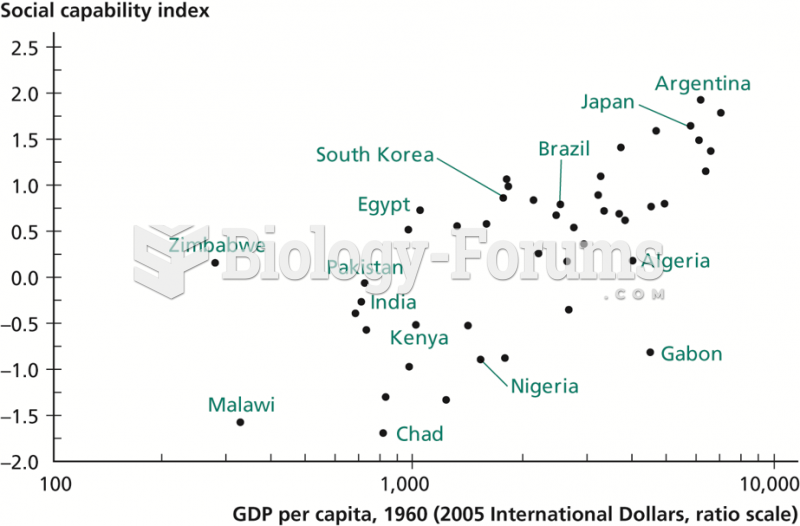Answer to Question 1
French scholar Gustave Le Bon developed the contagion theory, which focuses on the social-psychological aspects of collective behavior; it attempts to explain how moods, attitudes, and behavior are communicated rapidly and why they are accepted by others. People are more likely to engage in antisocial behavior in a crowd because they are anonymous and feel invulnerable. A crowd takes on a life of its own that is larger than the beliefs or actions of any one person. Because of its anonymity, the crowd transforms individuals from rational beings into a single organism with a collective mind. Emotions such as fear and hate are contagious in crowds because people experience a decline in personal responsibility; they will do things as a collectivity that they would never do when acting alone. Sociologist Robert E. Park added the concepts of social unrest and circular reaction to contagion theory. Social unrest is transmitted by a process of circular reactionthe interactive communication between persons such that the discontent of one person is communicated to another, who, in turn, reflects the discontent back to the first person. Convergence theory focuses on the shared emotions, goals, and beliefs that many people may bring to crowd behavior. Because of their individual characteristics, many people have a predisposition to participate in certain types of activities.
Convergence theory has been applied to a wide array of conduct, from lynch mobs to environmental movements. Sociologists Ralph Turner and Lewis Killian developed the emergent norm theory which emphasizes the importance of social norms in shaping crowd behavior. They asserted that crowds develop their own definition of a situation and establish norms for behavior that fit the occasion. Sociologists using the emergent norm approach seek to determine how individuals in a given collectivity develop an understanding of what is going on, how they construe these activities, and what type of norms are involved. Some emergent norms are permissivethat is, they give people a shared conviction that they may disregard ordinary rules, such as waiting in line and taking turns. Emergent norm theory points out that crowds are not irrational. Rather, new norms are developed in a rational way to fit the immediate situation.
Answer to Question 2
c







